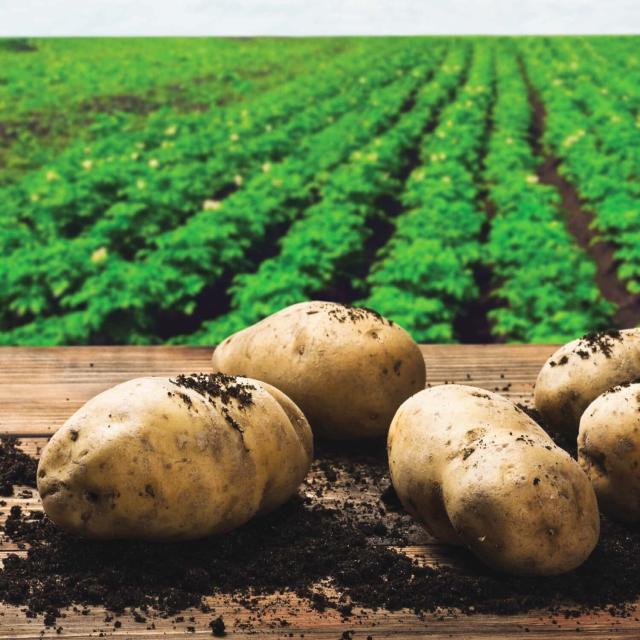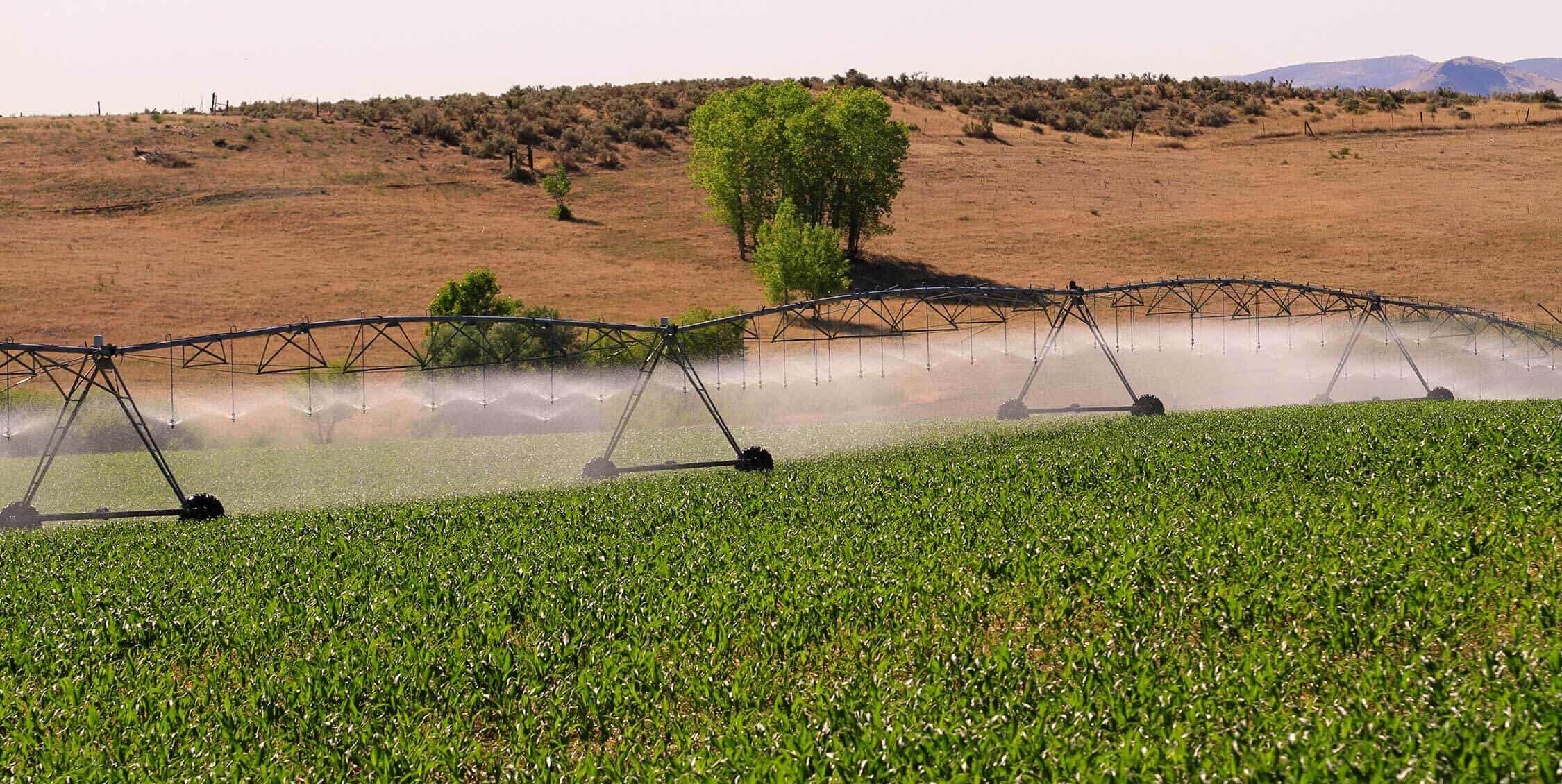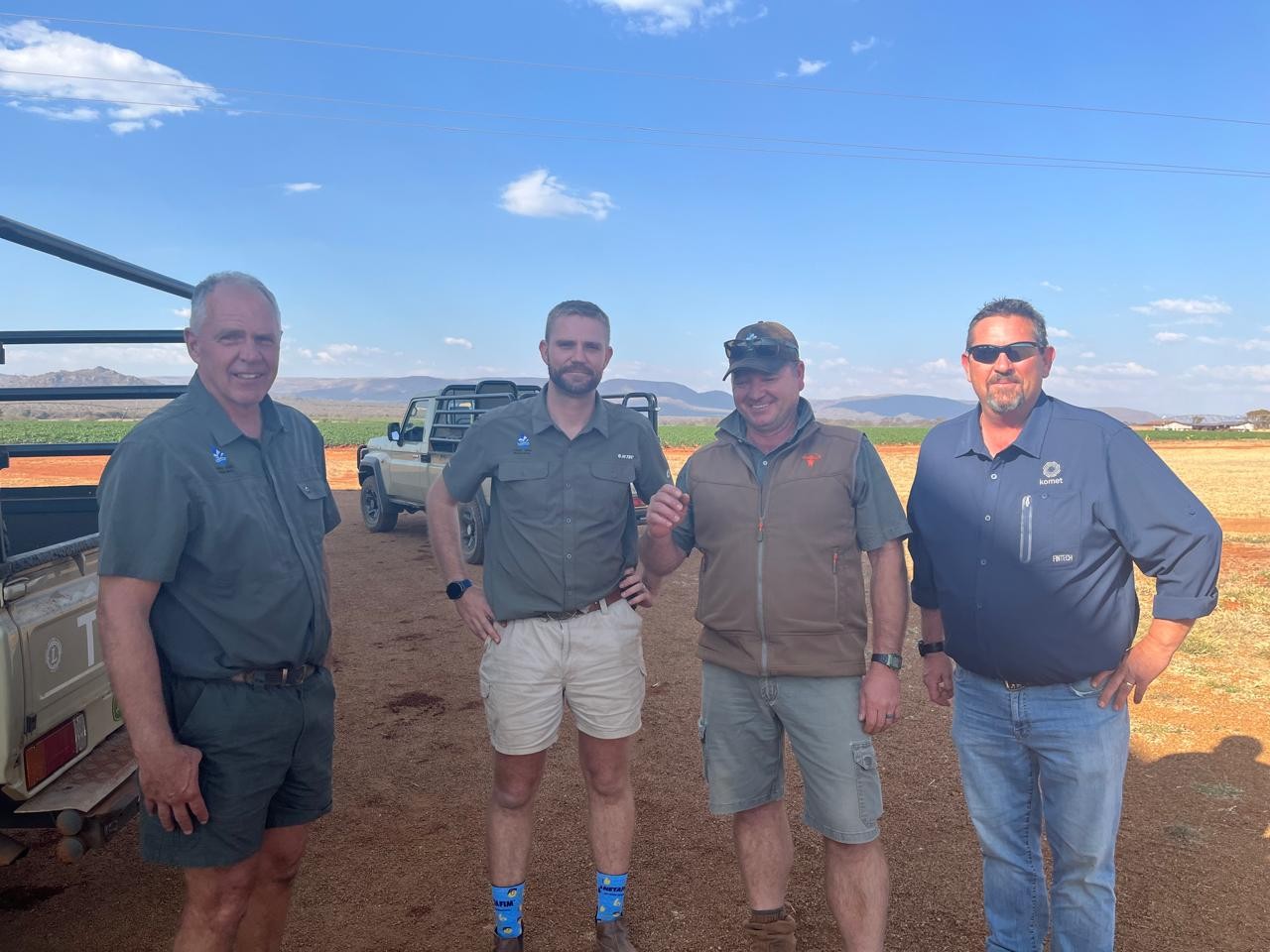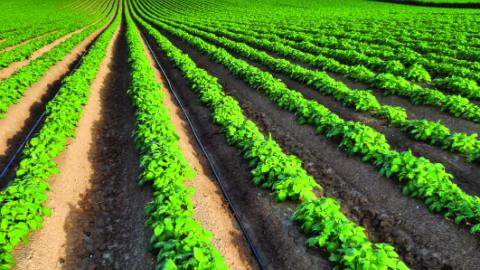In the evolving landscape of modern agriculture, water management has moved from a routine operational task to a strategic discipline. Farmers across the globe are facing increasing pressures: climate variability, rising energy costs, and the constant demand to optimize yields while conserving resources. Yet, examples from the field show that when precision, technology, and adaptability converge, irrigation is a powerful tool for both sustainability and profitability.

In South Africa, farmer Hannes Schutte shows how careful irrigation design can improve results. His approach offers insights for farmers across Europe and beyond.
A Farm Designed for Precision
Hannes operates a mixed farm cultivating potatoes, seed maize, wheat, small white beans, and forage crops. Central to his approach is the careful design and management of his irrigation infrastructure. Unlike many regional operations that rely on a few large pivots, Hannes employs 18 smaller pivot systems, typically covering no more than 22 hectares each. This configuration allows for greater agility, rapid response to crop stress, and precise water allocation tailored to soil and plant conditions.
“I see irrigation as a dynamic process,” Hannes explains. “Big pivots look efficient, but when one breaks down, the whole schedule falls behind. Smaller pivots let me manage each zone effectively and respond quickly when the weather or the soil demands it”
His water sources are a combination of river water and boreholes, with no filtration applied. In regions where sediment can challenge irrigation equipment, this approach demands resilient systems and careful monitoring. Hannes complements his setup with GPS guidance through the AGSENSE 365 system, enabling accurate mapping, real-time monitoring, and precise pivot control.
Engineering Efficiency
A critical factor in Hannes’ yield improvements has been the adoption of low-pressure sprinkler systems. By optimizing droplet size and coverage, these sprinklers reduce evaporation and distribute water more uniformly across each field. The technology also allows him to operate at lower pressures, cutting energy consumption without compromising performance.
“Potatoes are high risk, high reward,” Hannes says. “But if you learn the variety, study the land, and fine-tune your irrigation, they pay you back. Using low-pressure sprinklers means more water reaches the plant, not lost in the air, and I can manage energy use more efficiently”
This approach has yielded tangible results: over the past season, Hannes recorded a 12% increase in potato yields compared with previous years. The smaller pivots combined with precise water delivery also allow him to irrigate more frequently during heatwaves, ensuring crops receive the right amount of water exactly when needed.

Photo credit : Komet
Solar Power and Sustainability
Energy efficiency is increasingly central to modern irrigation strategy, particularly in regions where grid reliability is inconsistent. Hannes’ farm incorporates solar-powered irrigation, which now supplies roughly 60% of his energy needs. By harnessing solar energy, he reduces dependence on grid electricity, cuts operational costs, and lowers his carbon footprint.
“The solar system has transformed how I manage water and energy,” he notes. “It allows me to irrigate day and night, maintain consistent schedules during peak crop demand, and plan ahead without worrying about energy outages.”
Investments in renewable energy are not only environmentally responsible but also financially practical. For farmers exploring similar strategies, careful planning, monitoring, and incremental adoption can yield returns in as little as three years, particularly when paired with low-pressure, high-efficiency sprinklers.
The Human Factor in Technology Adoption
Hannes’ success underscores a broader trend: technology alone is not enough. Dealer support, local expertise, and data-driven decision-making are critical enablers. On his farm, ongoing collaboration with local partners ensures that each system operates optimally, issues are resolved promptly, and operational knowledge is continuously expanded.
“Dealers and service teams are part of the process,” Hannes observes. “They consult, troubleshoot, and guide. That partnership is as important as the equipment itself.”
Komet’s global CEO, Andree Groos, points to Hannes’ approach as emblematic of the potential for farmers who embrace precision and proactive management. “He’s data-driven, proactive, and focused on doing more with less, exactly where farming needs to go,” Groos says.
Inisghts for Global Agriculture
For European farmers and irrigation managers, the key takeaways are clear: smaller, more flexible systems can outperform large setups in responsiveness and risk management. Low-pressure sprinklers and careful water mapping allow higher yields with lower energy inputs. Solar integration offers a pathway to resilience against energy volatility while supporting sustainability goals.
Moreover, effective irrigation management is about observation and adaptation. Tools like GPS guidance, soil monitoring, and weather integration enable precision scheduling that optimizes water use, reduces stress on crops, and minimizes waste. Even in regions with highly regulated water rights, lessons from farms like Hannes’ demonstrate how careful allocation and targeted irrigation can improve compliance while protecting productivity.
Looking Forward
As climate pressures intensify and regulatory frameworks evolve, the combination of technology, education, and responsive system design will become essential. Farmers who integrate smart irrigation, energy-efficient systems, and expert guidance can build resilience, improve yields, and reduce environmental impact.
In this context, Hannes Schutte’s experience offers a compelling model. His farm in may be geographically distant, but its lessons are universally applicable: invest in data and tools, refine management practices, and embrace partnerships that extend beyond equipment sales.
“I trust the technology and the people behind it,” Hannes reflects. “If something breaks, they help fix it. If a solution isn’t clear, they research it. That’s how progress happens on a farm.”
For the irrigation industry, case studies like this highlight the evolving role of farmers as innovators. Success increasingly depends not on larger systems or heavier inputs but on precision, adaptability, and strategic use of resources. Across Europe and beyond, those principles will guide the next generation of irrigation solutions.
In an era where every drop counts, Hannes’ farm demonstrates that combining small-scale precision, low-pressure engineering, renewable energy, and human expertise can transform irrigation from a technical necessity into a competitive advantage. It’s a lesson in efficiency, sustainability, and thoughtful stewardship of water resources, a lesson the global farming community can learn from and replicate.

Photo credit : Komet


